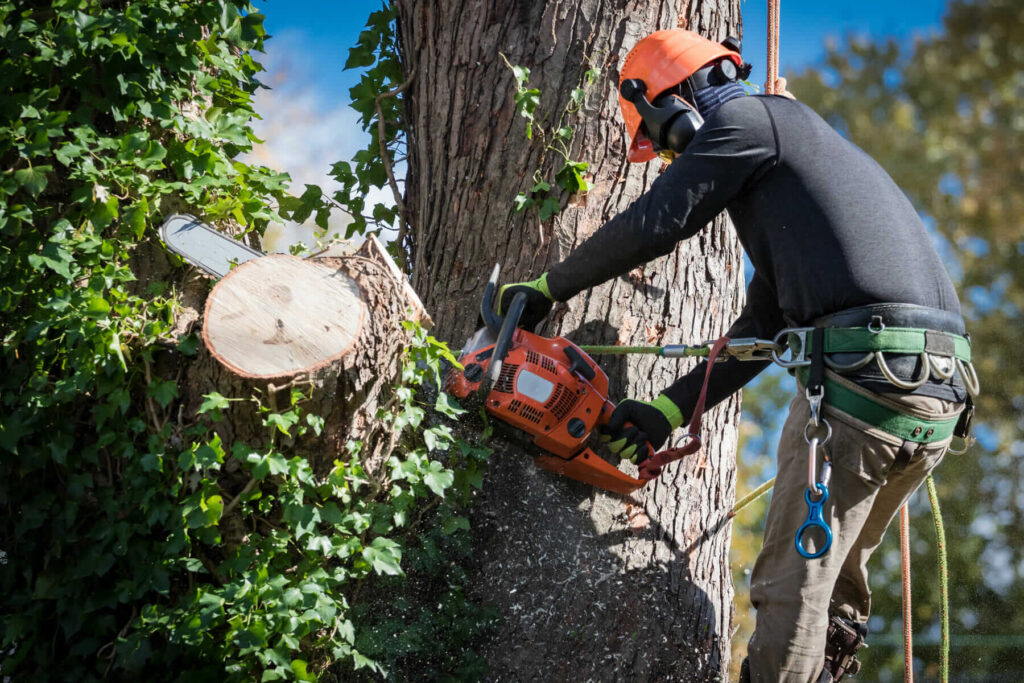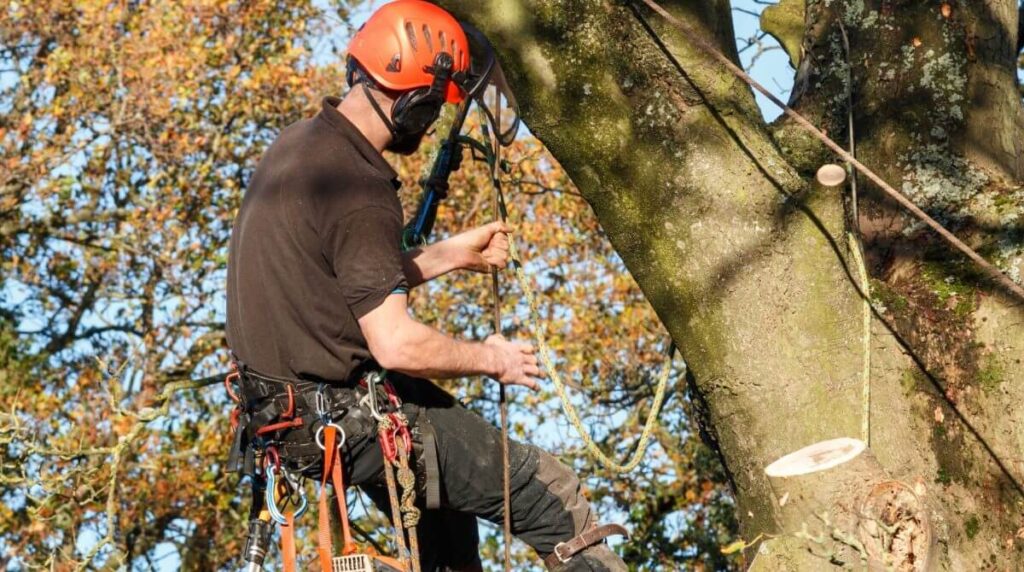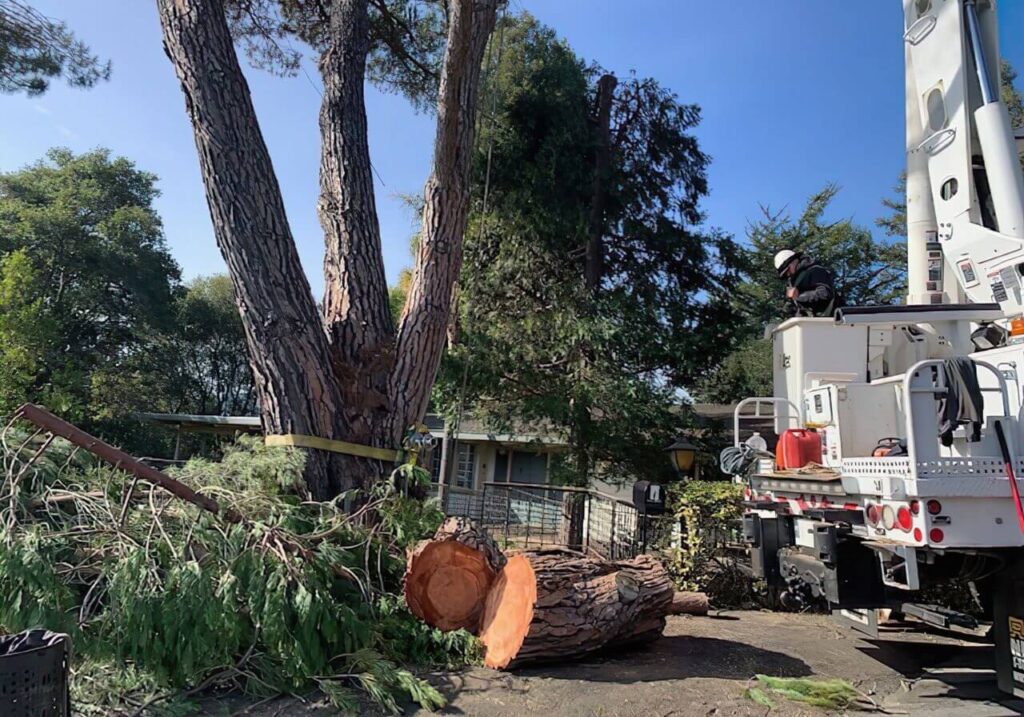Tree pruning is an essential practice for maintaining the health and aesthetics of trees in your landscape. By selectively removing specific parts of a tree, you can promote healthy growth, prevent diseases, and enhance the overall appearance of your property. In this comprehensive guide, we will explore the best tools and techniques for effective tree pruning, ensuring that you have everything you need to keep your trees thriving.
Understanding Tree Pruning
Before diving into the tools and techniques, it’s important to understand the purpose of tree pruning. Tree pruning involves cutting away dead or overgrown branches and stems to encourage new growth, maintain shape, and ensure safety. Proper pruning can also improve air circulation and sunlight exposure, which are crucial for a tree’s overall health.
When you think about tree pruning, consider it as both an art and a science. It requires knowledge of tree biology, growth patterns, and the proper techniques to achieve desired results without causing harm to the tree.
Why is Tree Pruning Important?
- Promotes Health: Regular pruning helps remove dead or diseased branches, preventing the spread of pathogens and pests.
- Enhances Aesthetics: Pruning improves the shape and appearance of trees, enhancing your landscape’s overall beauty.
- Increases Safety: Removing overhanging branches reduces the risk of falling limbs that could injure people or damage property.
- Encourages Growth: Properly pruned trees can grow stronger and more robust, producing healthier foliage and fruit.
SEE ALSO: How to Choose the Right Stump Grinding Service for Your Property
The Essential Tools for Tree Pruning
Having the right tools is crucial for effective tree pruning. Here are some of the best tools you should consider adding to your toolkit:
1. Hand Pruners
Hand pruners, also known as secateurs, are essential for pruning small branches and stems. They come in two main types: bypass and anvil.
- Bypass Pruners: These have two curved blades that slide past each other, making clean cuts without crushing the plant tissue. They are ideal for live wood and thin branches.
- Anvil Pruners: These have a straight blade that cuts against a flat surface. They are best for cutting dry or dead wood.
2. Loppers
Loppers are larger than hand pruners and are designed for cutting thicker branches. They feature long handles that provide extra leverage, allowing you to cut branches up to 2 inches in diameter. Look for loppers with a bypass design for cleaner cuts.
3. Pruning Saws
For larger branches, a pruning saw is necessary. These saws have a curved or straight blade, allowing you to make precise cuts. A foldable pruning saw is a great choice for convenience and safety, making it easy to carry and store.
4. Pole Pruners
Pole pruners extend your reach, allowing you to prune high branches without the need for a ladder. They come with a saw or cutting blade at the end of a long pole, making them perfect for reaching branches that are difficult to access.
5. Chainsaws
For major pruning tasks or removing large branches, a chainsaw may be necessary. Ensure that you have the proper training to use a chainsaw safely and effectively. For residential use, a lightweight electric chainsaw is often sufficient.
6. Safety Gear
Safety should always be your top priority when pruning trees. Invest in the following safety gear:
- Safety Glasses: Protect your eyes from flying debris.
- Gloves: Wear durable gloves to protect your hands from cuts and scrapes.
- Hard Hat: Use a hard hat when working near large branches that may fall.
- Hearing Protection: If using power tools like chainsaws, protect your hearing with earplugs or earmuffs.

Techniques for Effective Tree Pruning
Now that you have the right tools, let’s explore the techniques that will help you prune your trees effectively.
1. Understand the Best Time to Prune
Timing is crucial when it comes to tree pruning. The best time to prune depends on the type of tree and its growth cycle. Generally, late winter or early spring is the best time for most deciduous trees, as they are still dormant and can heal quickly after pruning.
However, some flowering trees may require pruning right after blooming to avoid cutting off next season’s buds. Always research the specific needs of the trees you are pruning.
2. Assess the Tree’s Structure
Before making any cuts, take a moment to observe the tree’s structure. Look for the following:
- Dead or Damaged Branches: Identify any branches that are dead, diseased, or damaged and should be removed.
- Crossing Branches: Look for branches that cross or rub against each other, as these can cause wounds and invite pests.
- Weak Branches: Identify any branches that have a narrow angle with the trunk, as they may be weak and prone to breaking.
3. Make the Right Cuts
When you begin pruning, use the following techniques to ensure clean and effective cuts:
- Cut at the Right Angle: Make cuts at a slight angle, which helps prevent water from pooling on the cut surface, reducing the risk of decay.
- Use the Three-Cut Method for Larger Branches: For branches that are too thick, use the three-cut method:
- Undercut: Make a small cut on the underside of the branch about a foot from the trunk.
- Top Cut: Make a second cut from the top, further down the branch, to allow it to fall safely without tearing the bark.
- Final Cut: Finally, make a clean cut at the branch collar (the swollen area where the branch meets the trunk).

4. Avoid Over-Pruning
It can be tempting to prune excessively to shape a tree or remove perceived problem areas. However, over-pruning can harm the tree, leading to stress, weakened structure, and reduced growth. Aim to remove no more than 25% of the tree’s canopy in a single year.
5. Follow the 1/3 Rule
When shaping trees, adhere to the 1/3 rule: never remove more than one-third of the tree’s canopy in a single pruning session. This ensures the tree can continue to photosynthesize and remain healthy.
Aftercare Following Pruning
After completing the pruning process, it’s important to care for the tree properly to ensure its health:
- Clean Up Debris: Remove any fallen branches and debris from the area to prevent pests and diseases.
- Monitor for Pests: Keep an eye on the tree for signs of pests or diseases in the weeks following pruning.
- Watering: Ensure that the tree receives adequate water, especially during dry spells, to help it recover from the stress of pruning.
Conclusion
Tree pruning is an essential practice that helps maintain the health and beauty of your landscape. By using the right tools and techniques, you can effectively care for your trees and promote healthy growth. Remember to choose the right time for pruning, assess the structure of your trees, and make cuts wisely.
For more information and resources on tree pruning, including professional services, consider visiting tree pruning. With proper care and attention, your trees can thrive for years to come, providing beauty and shade to your property.

